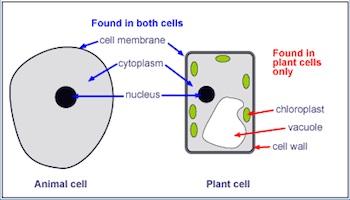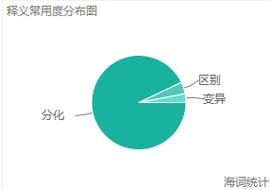
Difference Between Eth Types
When it comes to Ethernet, there are several types that cater to different networking needs. Understanding the differences between these types can help you make informed decisions for your network setup. In this article, we will delve into the various Ethernet types, their specifications, and their applications.
Standard Ethernet
Standard Ethernet, also known as Category 3 (Cat 3) cable, was the first widely used Ethernet standard. It supports data transfer rates of up to 10 Mbps over copper cables. This type of Ethernet is now considered outdated and is rarely used in new installations.

Fast Ethernet
Fast Ethernet, or Category 5 (Cat 5) cable, is an improvement over standard Ethernet. It supports data transfer rates of up to 100 Mbps, which is ten times faster than standard Ethernet. Fast Ethernet is still used in some legacy systems, but it has been largely replaced by Gigabit Ethernet in new installations.
Gigabit Ethernet
Gigabit Ethernet, or Category 5e (Cat 5e) cable, is the next generation of Ethernet technology. It supports data transfer rates of up to 1 Gbps, which is ten times faster than Fast Ethernet. Gigabit Ethernet is widely used in modern networks, providing high-speed connectivity for both wired and wireless devices.
10 Gigabit Ethernet
10 Gigabit Ethernet, or Category 6 (Cat 6) cable, is an even faster Ethernet technology. It supports data transfer rates of up to 10 Gbps, which is ten times faster than Gigabit Ethernet. 10 Gigabit Ethernet is commonly used in data centers and high-performance computing environments where large amounts of data need to be transferred quickly.
40 Gigabit Ethernet
40 Gigabit Ethernet, or Category 6a (Cat 6a) cable, is another high-speed Ethernet technology. It supports data transfer rates of up to 40 Gbps, which is four times faster than 10 Gigabit Ethernet. 40 Gigabit Ethernet is used in data centers and other high-performance networking environments where even faster data transfer rates are required.

100 Gigabit Ethernet
100 Gigabit Ethernet, or Category 8 (Cat 8) cable, is the latest Ethernet technology. It supports data transfer rates of up to 100 Gbps, which is ten times faster than 10 Gigabit Ethernet. 100 Gigabit Ethernet is primarily used in data centers and other high-performance networking environments where the highest possible data transfer rates are needed.
Twisted Pair Cables
Twisted pair cables are the most common type of Ethernet cable. They consist of pairs of insulated copper wires twisted together to reduce electromagnetic interference. Twisted pair cables are categorized based on their performance and are commonly referred to as Cat 3, Cat 5, Cat 5e, Cat 6, Cat 6a, and Cat 8.
Coaxial Cables
Coaxial cables are another type of Ethernet cable, known for their durability and ability to transmit high-frequency signals. They consist of a central conductor, an insulating layer, a metallic shield, and an outer insulating layer. Coaxial cables are categorized based on their performance and are commonly referred to as Cat 3, Cat 5, Cat 5e, Cat 6, Cat 6a, and Cat 8.
Fiber Optic Cables
Fiber optic cables are the fastest and most reliable type of Ethernet cable. They use light to transmit data through thin glass or plastic fibers. Fiber optic cables are categorized based on their performance and are commonly referred to as OM1, OM2, OM3, OM4, and OM5.
| Category | Maximum Speed | Application |
|---|---|---|
| Cat 3 | 10 Mbps | Legacy systems |
| Cat 5 | 100 Mbps | Legacy systems |
| Cat 5e | 1 Gbps | Modern networks |
| Cat 6 | 10 Gbps | Data centers,
Related Stories |



